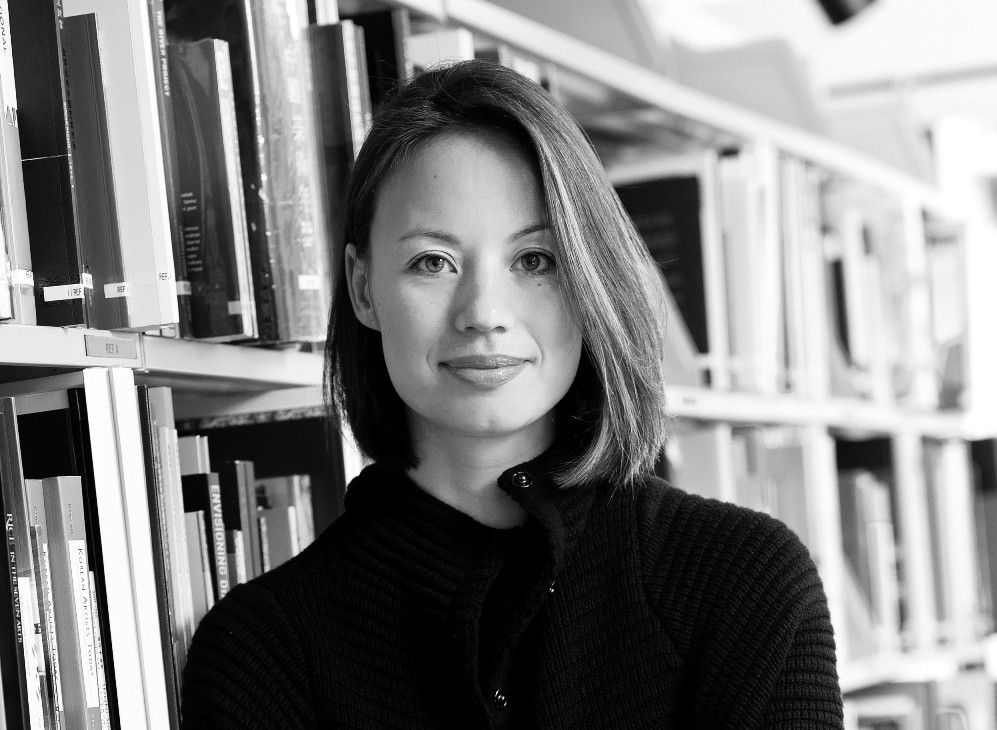IW: AAA affirms the value of documenting Asian contemporary art history. How do you interpret the responses of other organizations internationally to this mission?
CH: In general the feedback has been very positive. We are not wholly unique — in terms of content and structure, yes, but I think we are part of a global phenomenon around the promise of the archive. The internet age is significant because information can be shared in a very different way; the traditional world was one in which there was a role of authority in terms of who is privileged with knowledge. This has been blown open, and with this comes our belief in really trying to make this as accessible a resource as possible. We don’t want to be the “gatekeepers”; we realize that there is a judgement process, and that the projects we decide to take on are a reflection of what we are interested in and feel is important. But we also hope that by putting the material out there, people will come and use and interpret it in different ways. So in that sense, the way that we work is not about ownership; it’s about the object. We subscribe to the idea of the Commons in preserving this material and making it accessible. We have a digital collection of about 300,000 items so far. But we don’t take the originals – we leave them in their place of origin, and make digitally accessible copies. Then, this information is read in relation to or in comparison with other information – we are very interested in this comparative model. We can’t be comprehensive, but we can generate different entry points for rethinking the material through different voices and perspectives. The comparative is something very important that is rarely discussed – China is discussed within China, but there is always an East/West discussion going on. There is very little that happens otherwise.
IW: What is the breakdown of your audiences here?
CH: We have people who come in to use the archive — about two thousand and several hundred per year. 30% are those coming specifically from overseas. And then we have audiences who attend our programs. For example, we had Open Weekend which worked with students and teachers in the broader community beyond the arts. Over two days, over 700 people came to participate in different programs. Then we have the Backroom Conversations which are part of the educational project of Hong Kong Art Fair and where we see more mature audiences. It’s a range, and it depends on which programs we are running.
IW: How do you balance the role of AAA as at once a local venture invested in Hong Kong’s art and art history, and as an international organization contributing to the relationship with art and its histories in general?
CH: I think that’s a very good question. Of course we’re based in Hong Kong, and we need to be aware of its local context. There are always complaints that there’s not enough being done for Hong Kong art. We used to get this question when we went in for the Hong Kong Arts Development Council grant: “You are covering Asia, but what are you doing for Hong Kong?” and we thought, “Wow,” because AAA is about putting Hong Kong into the context of the region from a very different perspective of what Hong Kong means, and that’s when it really becomes interesting, especially vis-à-vis China, bringing a different narrative from the official Chinese art history. I think Hong Kong can offer a real alternative. It’s something we ask ourselves a lot, and obviously there’s a big museum being built in Kowloon (M+, to which Uli Sigg recently donated a large portion of his collection) whose main focus is Hong Kong. I think it’s really about figuring out ways to articulate this narrative that are not being told through other institutions. Our previous researcher, for example, was looking into performance art in Hong Kong, and this has been one of the areas we have identified as being important within the region. It’s something that tends to get left out of official narratives as well, and I think that is where we can step in and offer authentic perspectives.
Interview conducted at Asia Art Archive, Hong Kong, 13 December 2012.



